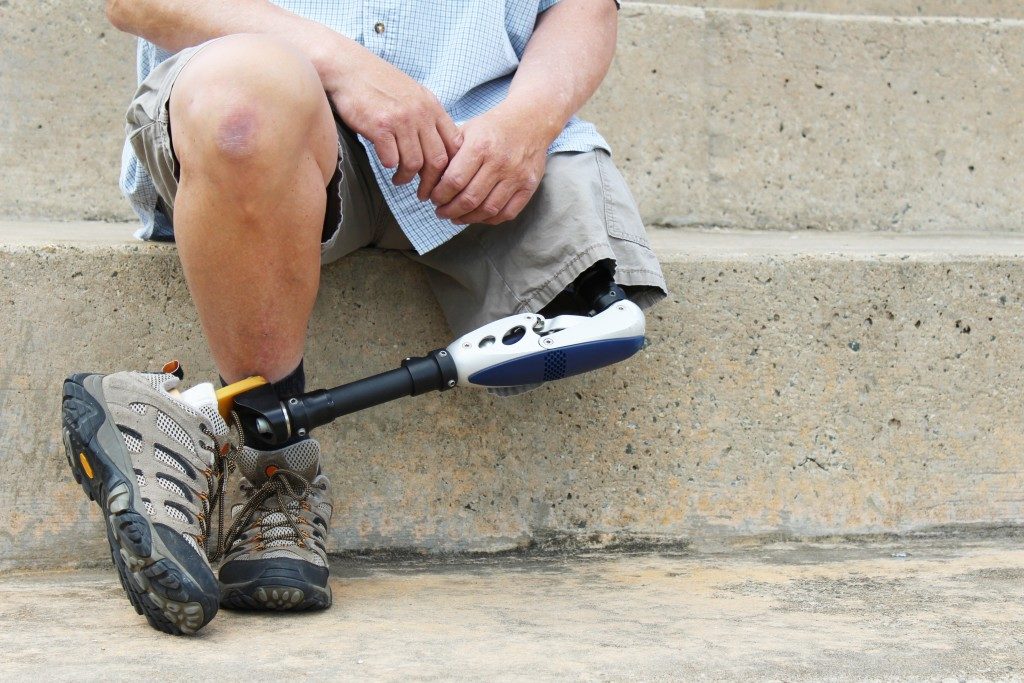The Social Security Administration will base the disability benefits an individual receives each month on their “lifetime earnings” that’s averaged over plenty of years. The severity of your disability, your income, or whether or not you work part-time won’t influence the amount of your disability benefits.
This essentially means that how much benefits you stand to receive will be directly based on your earning record.
How The Social Security Administration Calculates Disability Benefits
The SSA utilizes a complex formula when calculating disability benefits. It begins by checking the income you’ve paid SS taxes on, referred to as covered earnings, in the past 35 years. Once the SSA had adjusted your covered earnings for economic fluctuations, it will now be referred to as your AIME or average indexed monthly earnings.
In order to determine your PIA or primary insurance amount, the SSA will take set percentages of your adjusted AIME.
The Link Between Retirement Benefits and Disability Benefits
The SSA makes use of the same formula it uses for calculating disability benefits when calculating retirement benefits. This means that if you stand to receive benefits when you turn 65, it’s safe to assume that both your disability and retirement benefits would be around the same amount.
However, lots of individuals who receive SSDI or Social Security Disability Insurance become disabled even before they turn 65. In this scenario, the benefits will be lower than their estimated amount since the calculation won’t cover earnings from those crucial years that lead up to the age of full retirement, which is 65 and are typically the years when individuals have higher earnings.
Do note though that the months you had low to no income because of your disability must not decrease your disability benefits since the SSA will freeze your covered earnings retroactively to when you first became disabled so that those earnings won’t be included when calculating your PIA.
This is a vital thing to keep in mind for individuals planning to file Social Security claims in Salt Lake City.
How Other Disability Benefits May Reduce Your Social Security Disability Benefits
In the event that you’re getting other disability benefits from a federal or federally regulated program such as temporary state disability and worker’s compensation benefits, expect a lower SSDI payment monthly. This also includes local or state government disability retirement benefits as well as disability benefits for civil service.
However, certain types of payments or benefits won’t lower your SSDI benefits. These include those from Supplemental Security Income or SSI, Veterans Administration or VA, and private or employer-sponsored short-term or long-term disability insurance plans.
A Crucial Note on Backpay

Plenty of Social Security disability insurance applicants are owed by the SSA back payments or backpay after getting approval for their claims. Essentially, this occurs because most applicants start receiving payments paid long after the beginning of their disability.
This backpay will be sent as a lump sum; typically around the same time an individual receives his or her first SSDI check. If you need more information or are thinking of filing a Social Security claim, consult an attorney with experience in handling these kinds of cases.
